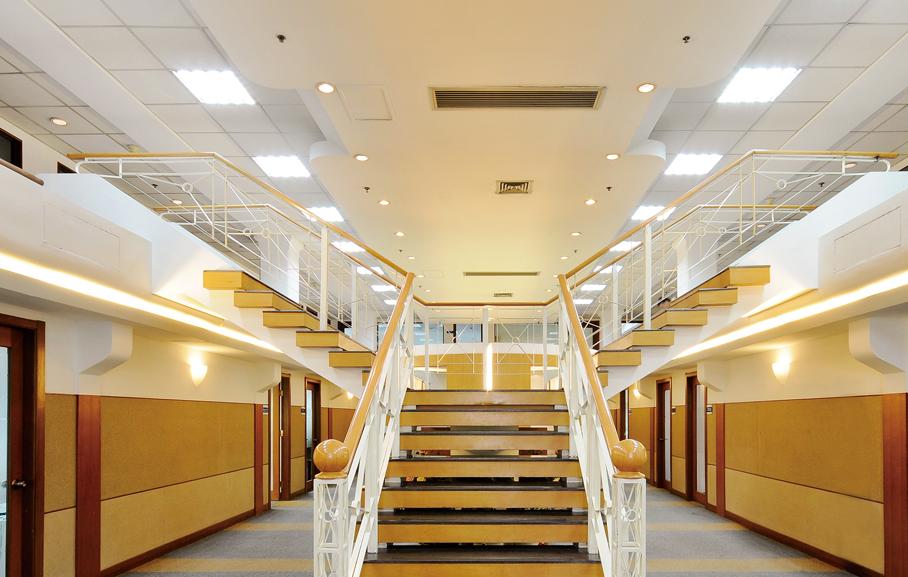Commercial building managers are continuously seeking innovative ways to reduce costs. However, lighting replacement projects are often pushed aside for upgrades in such areas as HVAC systems, storage fixtures, and interior space expansions. But did you know that lighting costs can comprise up to almost 17% of the facility’s total energy expenditures? This is often caused by using power-hungry fluorescent and incandescent bulb lighting. Now is the time to consider upgrading your lighting system to more energy efficient LED technology.
The most obvious advantage to using LED lighting in the commercial setting is that of increased energy efficiency. A 4-foot, 32 watt fluorescent bulb uses 34 watts due to ballast inefficiencies. However, an LED tube replacement in that same area uses only 16 watts. Multiply this difference over the course of a year, and it is plain to see that substantial energy savings in the thousands of dollars can be realized.
Incandescent lights also generate greater amounts of heat caused by electric current traveling through filament. In order to compensate for this added heat, cooling systems and fans must work harder, adding to energy costs. LED, on the other hand, uses a process called electroluminescence which produces a much cooler light. LED uses light emitting diodes to accomplish this process without the fragile filaments that traditional bulbs use.
Reduction in maintenance costs is also another reason to use LED lighting. A report by Energy Star states that LED last 35 to 50 times longer than the traditional bulbs. As a result, less material costs are realized in replacement purchases. This translates to decreased labor costs and frees up time for staff to attend to more pressing maintenance tasks.
From a functional standpoint, LED is substantially brighter than the traditional bulbs. This can increase productivity since dim lighting can contribute to eye strain and headaches. LED lighting can mimic actual daylight which the human body naturally reacts and easily adapts to.
LED systems can also be software controlled when used with smart lighting on a wireless network. By harnessing the power of IoT (Internet of Things) technology, sensors can be programmed and enabled from a mobile device or computer to control varying degrees of lighting in every area. This is a game-changer for flexibility in lighting options across the facility’s work areas.
Delaying the upgrade to LED lighting systems will continue to cost your business in increased energy, maintenance, and material bills. Purchase and installation costs have come down which further substantiates doing this upgrade as soon as possible. As your business continues to grow there will be future costs for renovations, expansions, and equipment. Installing an LED lighting system will result in savings that can be used towards these projects.
There is no better time to upgrade your facility’s lighting to an LED system. This lighting has proven to be incredibly energy efficient and virtually maintenance-free, while providing a more sustainable solution to the business. Contact us today for more information on our commercial LED lighting systems.

